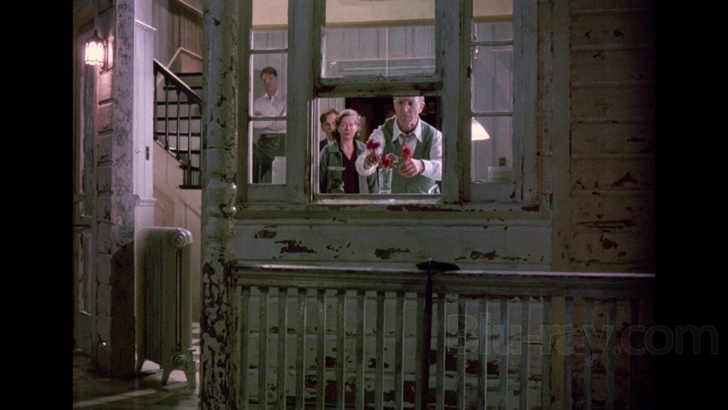

DEATH OF A SALESMAN FULL MOVIE MOVIE
The television version, done with most of the Broadway cast, is not simply the play transferred intact to the small screen or a movie that tries to open up the drama in realistic terms." Single words and pauses were eliminated. Richard Christiansen of the Chicago Tribune observed that it's "probably as close to a complete presentation as television can offer." The AP's Michael Kuchwara previewed his readers with this caveat: "what viewers will see for three hours Sunday night on CBS is not a carbon copy of the play seen in Chicago, Washington and New York. They emphasized that while it adhered to the fidelity of Miller's original text, it wasn't a facsimile of the Broadway hit.
DEATH OF A SALESMAN FULL MOVIE TV
TV critics lauded Death of a Salesman (1985) as a near-masterpiece when it first aired. Additionally, the filmmakers use Ben Loman (Louis Zorich), Willy's more successful brother, as a ghostly figure for Willy to confide in during his troubles. The audience sees some of Willy's affairs and struggles with his two sons. Miller and Schlöndorff incorporate several flashbacks through use of the mirror.

Like Alan Strang (Peter Firth) in Sidney Lumet's film version, Willy peers into a mirror that becomes a portal into his past. Miller and Schlöndorff adopt a device that Peter Shaffer used successfully when adapting his own play, Equus, for the big screen. Re-watching the '85 production on Blu-ray is a slow burn until Schlöndorff opens up the crammed Loman home in Brookly to other scenic locales, including the family yard where Biff practiced football in his teen years (Screenshot #11). Charles Durning, a friend of Hoffman's, replaced him in the telefilm.Ī lot of ink has been spilled on Death of a Salesman ever since Miller's play first went to press so I'll keep my commentary brief. Every actor reprised his or her role on Broadway except David Huddleston, who played Willy's neighbor and only friend, Charley.

Death of a Salesman was shot on film aboard a large soundstage at the Kaufman Studios in Astoria, which is located in a historic filmmaking section in Queens, New York. Schlöndorff had also won an Academy Award (for 1979's The Tin Drum) and was hired to direct. Hoffman mistook Volker Schlöndorff as István Szabó when he told the former how much he enjoyed the latter's Oscar-winning Mephisto (1981). Hoffman performed the role of Willy Loman some 250 times and that includes two runs in New York as well as stage performances in Chicago and Washington, according to the Los Angeles Times' Charles Champlin.ĬBS put up $750,000 to bankroll the play as a major TV movie. When it closed on November 18 of that year, the cast had delivered 158 performances and nine previews. The New York Daily News chronicled that the Broadway opening on Mawas greeted with highly favorable reviews. His performance as Willy on the stage was an astounding success. Death of a Salesman was the first play Hoffman ever read and proclaimed it the work that most convinced him to become an actor. Miller originally intended the lead protagonist for a smaller man like Hoffman so he reinserted his first nickname of Shrimp.

Cobb had first played it on the stage to great acclaim and was nicknamed the Walrus. Hoffman inquired about which part and Miller told him Willy, which Hoffman thought was unrealistic for him to portray. In revisiting this telefilm twenty-six years later, that point came back to me in the first reel when Willy (Dustin Hoffman) initially complains that his failing son, Biff (John Malkovich), acts too lazy, only to repudiate that criticism moments later.Īfter Hoffman completed Tootsie (1982), he was searching for good scripts (which were sorely lacking) and had a chance conversation with Arthur Miller, his Connecticut neighbor, about appearing in a revival in Death of a Salesman. I remember in class discussion the major point that Willy Loman, the play's main character, was prone to contradicting himself. My teacher also screened Volker Schlöndorff's 1985 TV production, which Miller adapted for the small screen. I read it, not in an English Lit class, but a Communications class in the ninth grade. Stephen Larson, August 21, 2020Īrthur Miller's 1949 play Death of a Salesman is one of those classic literary works that was always required reading in high school.


 0 kommentar(er)
0 kommentar(er)
